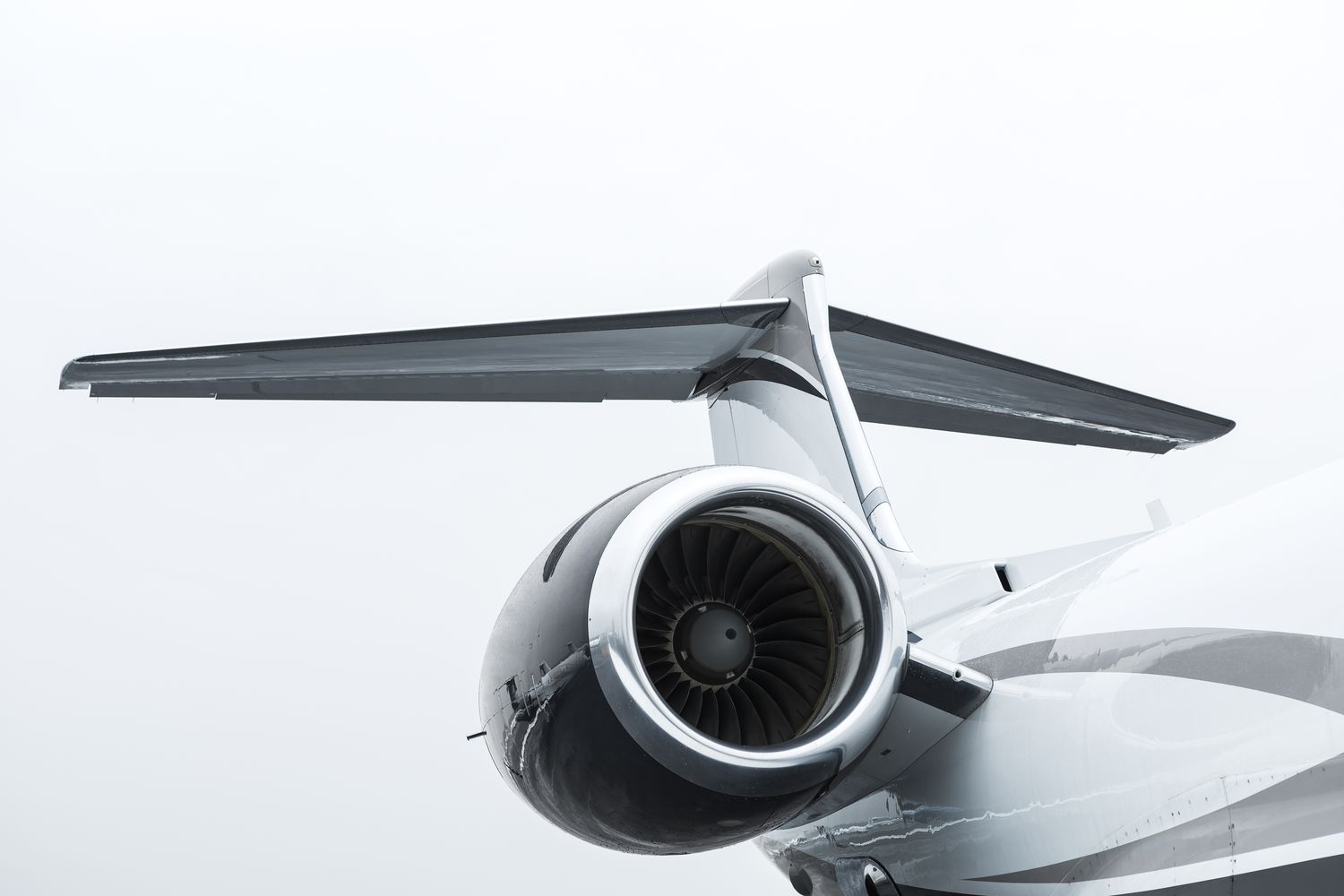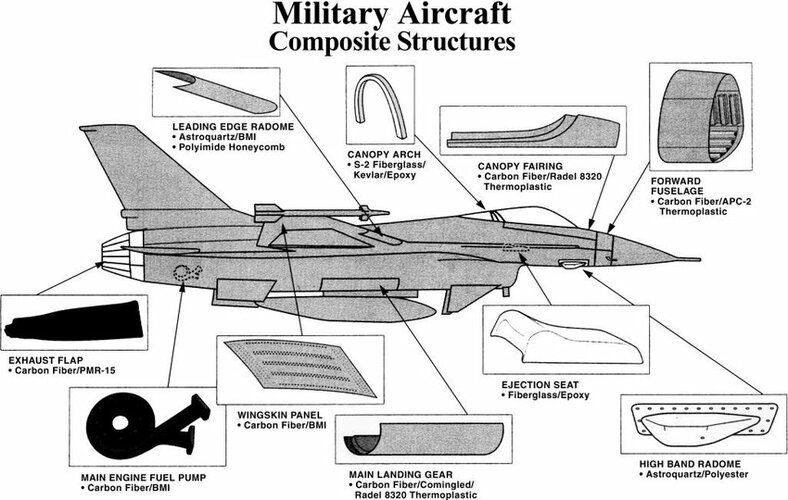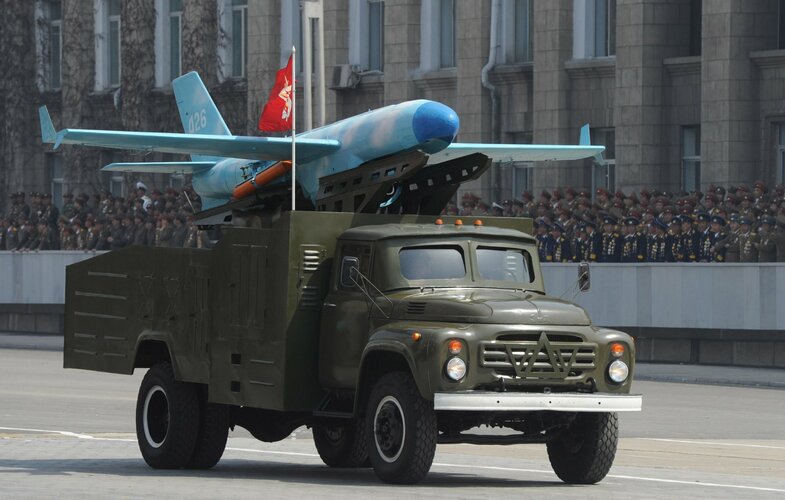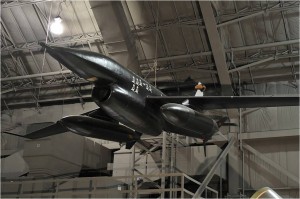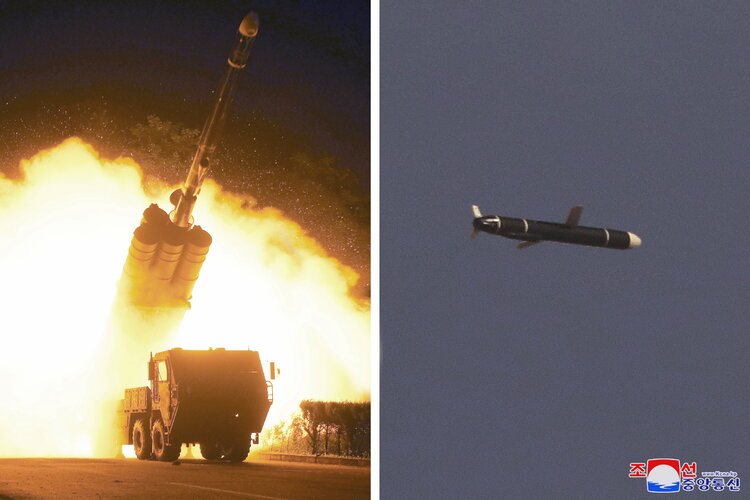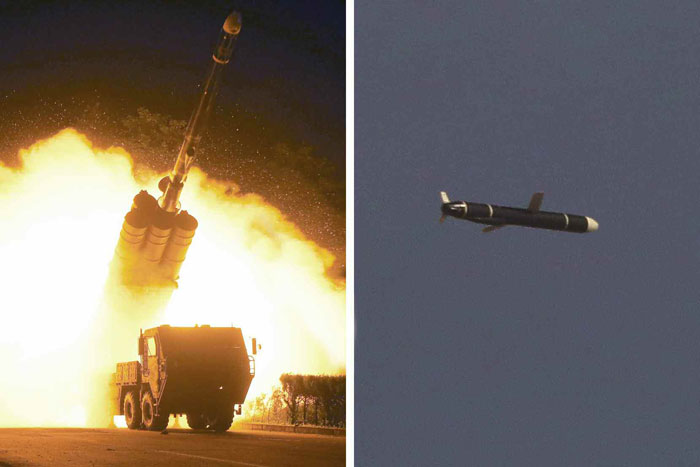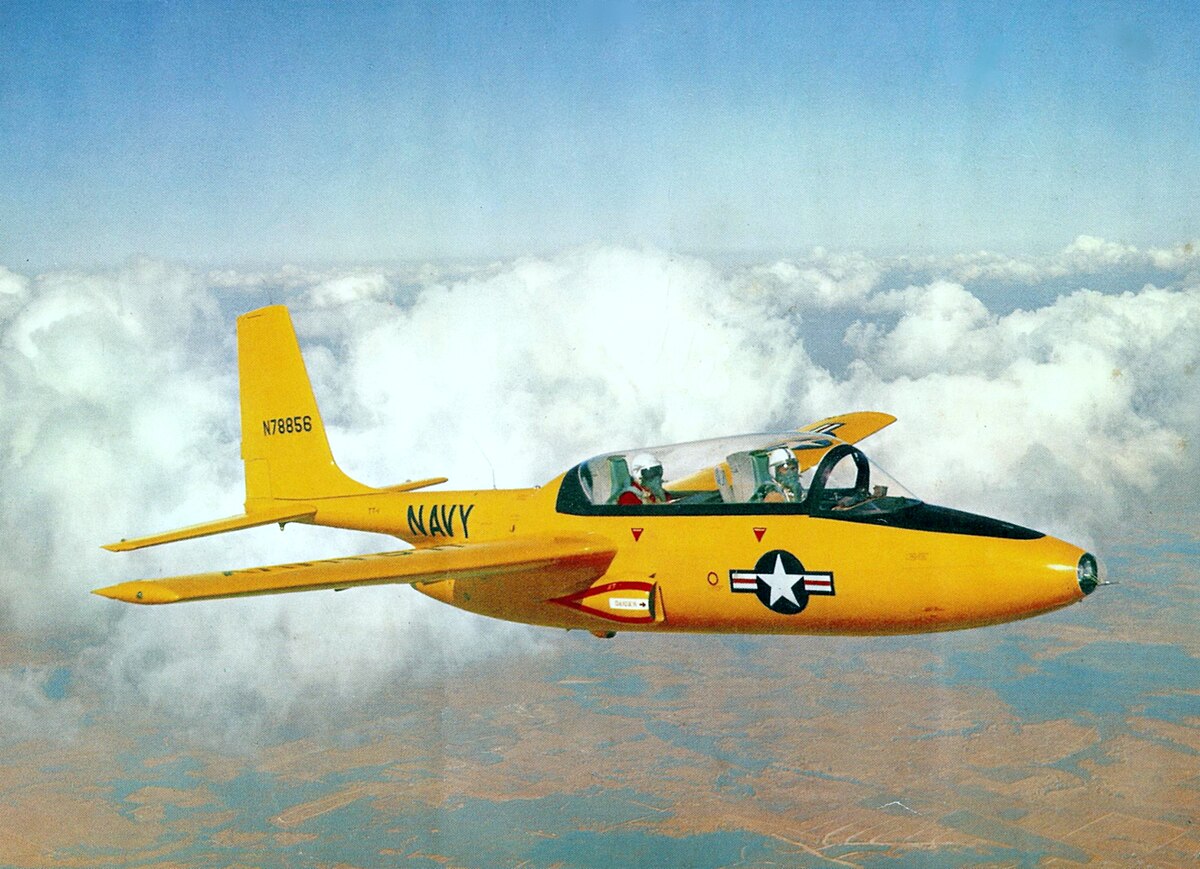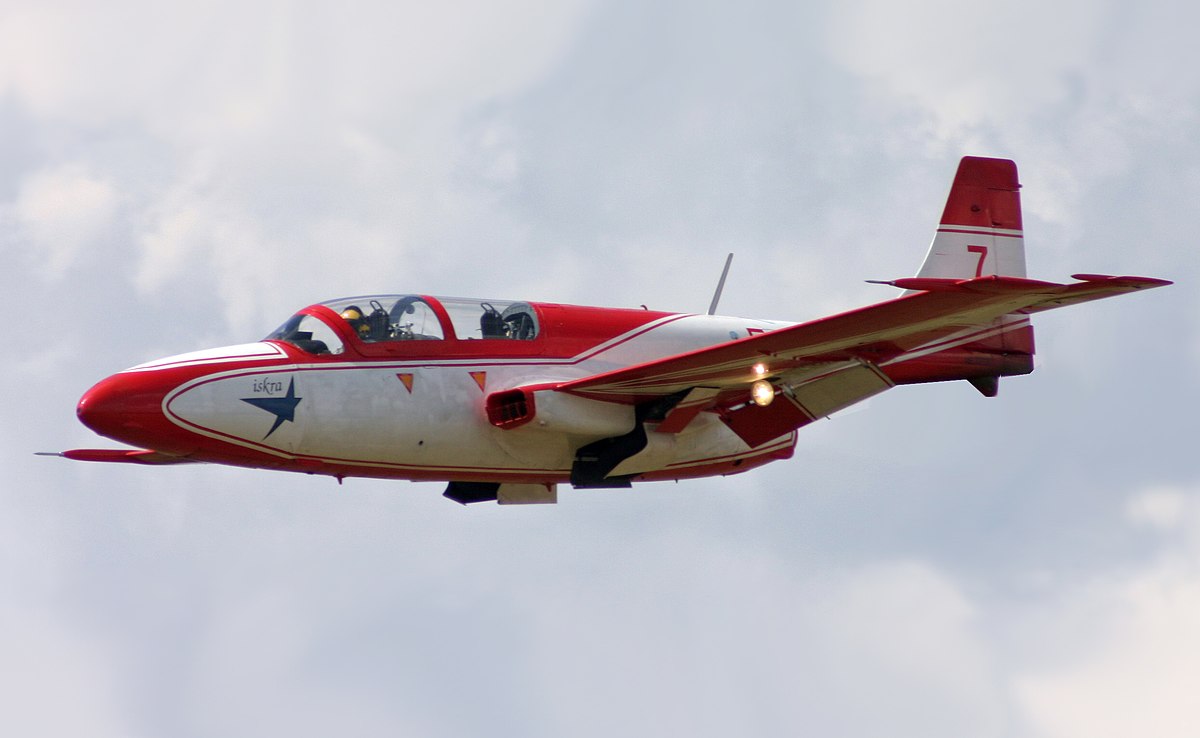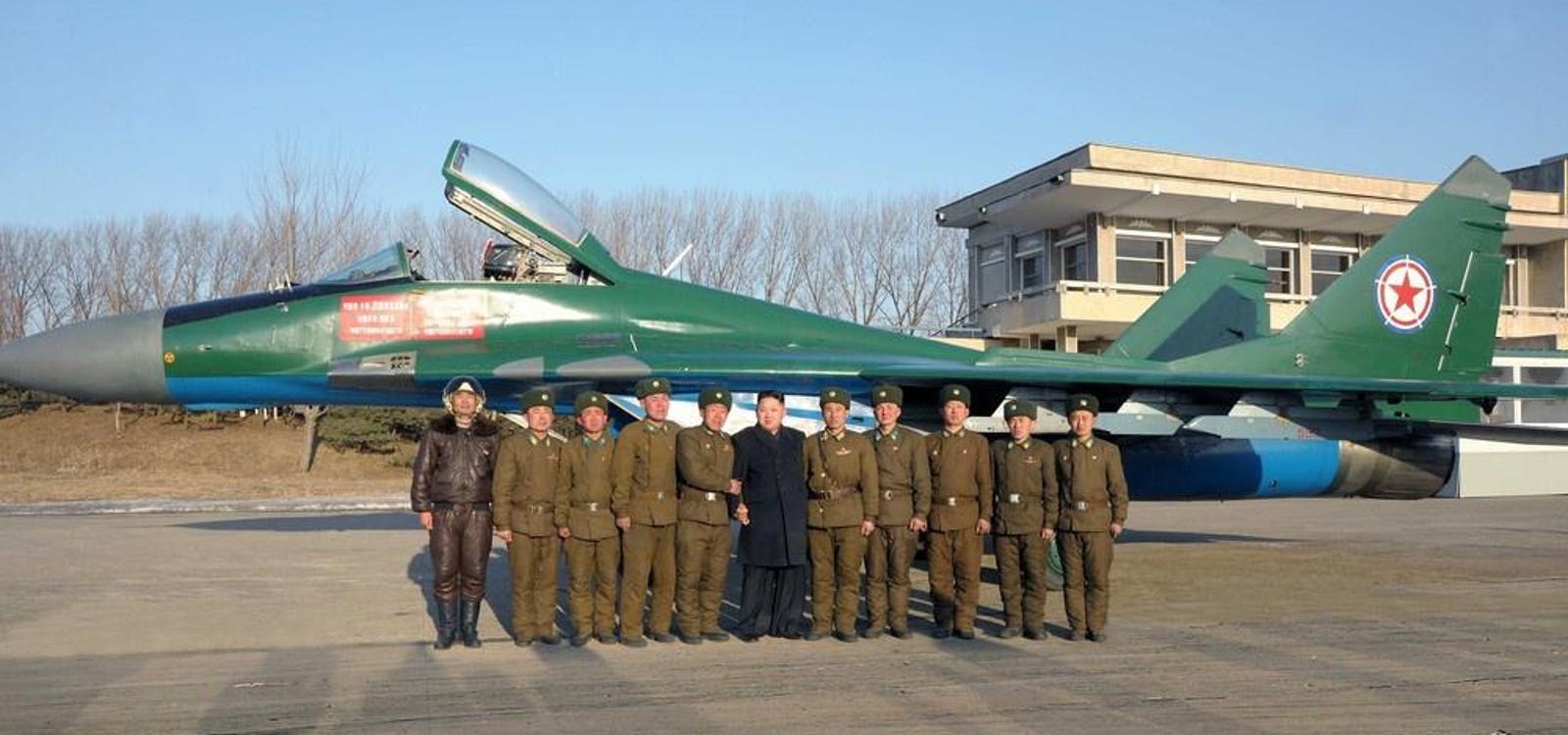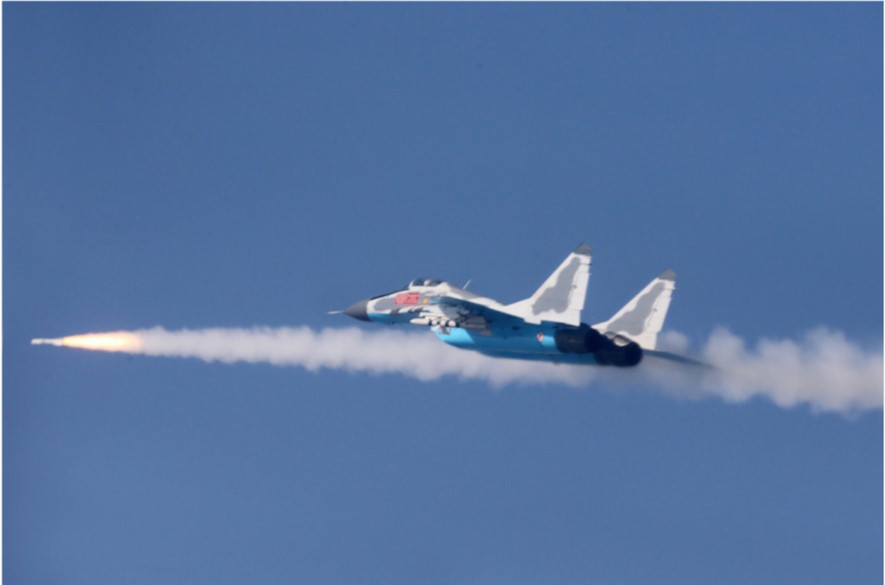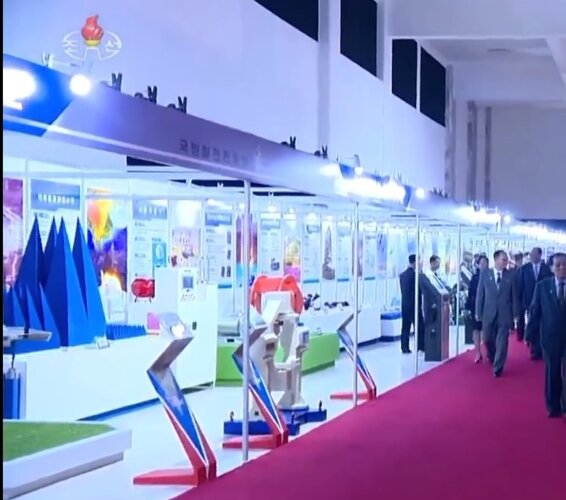There is absolutely no evidence of North Korea receiving assistance from Soviet Union nor Russia nor China
Rubbish. If nothing else their ballistic missile program has a foundation with the USSR's Scud missiles and thus the technology developed there. There is also evidence that their UAVs/cruise missiles have Russian and/or Chinese foundations/technology. See the following for example:
Joseph S. Bermudez Jr. examines the development of North Korea's unmanned aerial vehicle (UAV or drone) development over time, pointing to what could now be force that could pose serious security problems for South Korea, as well as the US and Japan.
www.38north.org
THE NORTH KOREAN BALLISTIC MISSILE PROGRAM
Now I will admit that the North Koreans have undoubtedly developed an indigenous capability with their ballistic missiles but I still contend that they did so by by standing on the shoulders of, and using the assistance of, those such as the USSR/Russia/China over the years.
You say rubbish then you proceed to admit you're wrong, make up your mind.
Are you going to admit that DPRK didn't receive assistance from USSR or are you going to lie and say that they did, which is it? Just because they acquired examples of Soviet R-17 from Egypt doesn't equate to receiving assistance from USSR.
Acquiring examples of weapon designed, made and produced by X country doesn't mean that Y country received technical assistance from X country simply for themselves being able to produce it without license after reverse engineering and reproducing technology.
Your argument was that North Korea received assistance and now you are moving goal post about origin of technology that they managed to reverse engineer as if that doesn't require comparable amount of effort when doing that from few examples without any manufacturing tools nor having material science knowledge required, they basically started from zero unlike South Korea with NHK.
Using small scale drones made up primarily or solely of foreign made components gives certain degree of deniability unlike something like RQ-170 that was brought down through jamming inside Iran hence the USA could not deny their involvement in infraction.
That large jet powered UAV is their design and though of course when it showed up some asserted it must be based on MQM-170 and when North Korean patrol boats had multiple barrel rotary heavy machine gun then it was asserted as being American gatling gun.
If North Korea did stand on shoulders of, and using the assistance of, those such as USSR/Russia/China over the years then what that makes of America, Britain and USSR/Russia that captured German scientists and had direct access to manufacturing tools, documents, designs and examples of ballistic missiles, cruise missiles, jet engines and aerodynamics of jet aircraft hence transfer of technology.
even if just on paper specifications and designed on computers.
Or a figment of someone's imagination

I am tempted to move this thread to the
Alternative History and Future Speculation if there is no evidence but just simply uninformed speculation.
This thread is already in Alternative History and Future Speculation and as far as I can remember always has been, point of this thread.
Long range land attack cruise missiles are effectively aircraft considering size and weight, North Korea demonstrated it in 2021.
View attachment 670823
On September 13, North Korea released a statement reporting successful flight tests on ...
www.38north.org
Thrust needed to propel such large cruise missile probably has enough to propel a light trainer jet:

en.wikipedia.org
With two such would be enough to have for a light trainer jet with credible ground attack capability:

en.wikipedia.org
Priority for North Korea are missiles, just because they don't show publicly aspirations and prototypes of desired manned aircraft like Iran doesn't mean that there isn't something in works in North Korea, even if just on paper specifications and designed on computers.
Sure, you could design a lightweight jet trainer around a cruise missile engine, and yes, such an aircraft would be an important first step towards a fighter jet. But this is a thread about a North Korean fighter/attack aircraft, not a trainer. And IMO it's quite a stretch to say that Polish trainer you cited has "credible" ground attack capability. 400 kg of weapons and a cannon is a pretty miniscule armament; if that's the level of strike you're going for you'd be much better off with an attack helicopter or armed drone.
TS-11 Iskra is as an example and that trainer jet aircraft can carry twice the bomb load of Mig-15Bis and has at least a cannon...
Unlike for example L-39 Albatros that pales in comparison that doesn't have a cannon and less bomb carrying capacity.
Onto speculation...
North Korea acquired several Kh-35 from Russia that were propelled by TRDD-50 that is more advanced compact medium bypass turbofan than R95-TP-300 used on Kh-55 by being lighter, providing greater thrust at better specific fuel consumption.
Considering that land attack cruise missile that North Korea tested at 1500 kilometer range with maneuvering and that flew for little over 2 hours is notable in case turbofan engine in question is derived and improved upon TRDD-50 since standard Kh-35 did 130km.
Russia has variants of TRDD-50 aka 36M, 36MT, 37 that can work for more than 10 hours. J85 was disposable engine for decoy cruise missile, then improved and used on various fighter and attack aircraft. Same for R-15 that was designed for supersonic cruise missile and later recon drone, then improved for interceptor fighter jet. Indian Stealth Wing Flying Testbed for Ghatak UCAV is powered by 36MT.
India's march towards a stealthy UCAV continues, with a taxi test of a technology demonstrator occurring recently.
www.shephardmedia.com
TRDD-50 aka 36MT lives on...
View: https://twitter.com/RALee85/status/1458758908957368322
TRDD-50 specific fuel consumption is 0.71 kg per kgf per hour while for R95-TP-300 it is 0.78 kg per kgf per hour.
TRDD-50 is twin shaft with 450kgf output and R95-TP-300 is single shaft with 400kgf output.
640 kilograms of jet fuel would be needed for 2 hours of operation for TRDD-50 / 36M series for DPRK's LACM range.
Here basic math for a single seat light attack jet...
164kg two compact turbofan jet engines TRDD-50 equivalent
90kg K-36 ejection seat
640kg jet fuel
76kg pilot
That is 970kg and goal should be maximum take off weight of 2700kg hence leaves 1730kg.
Perhaps 900kg to 1000kg at most for rest of air airframe such as wings, tail, landing gear, pylons, etc...
Loadout such as 5 rocket pods of B8M-1 with S8 rockets, HE-FRAG type for total of 35 rockets or three S24 rockets.

